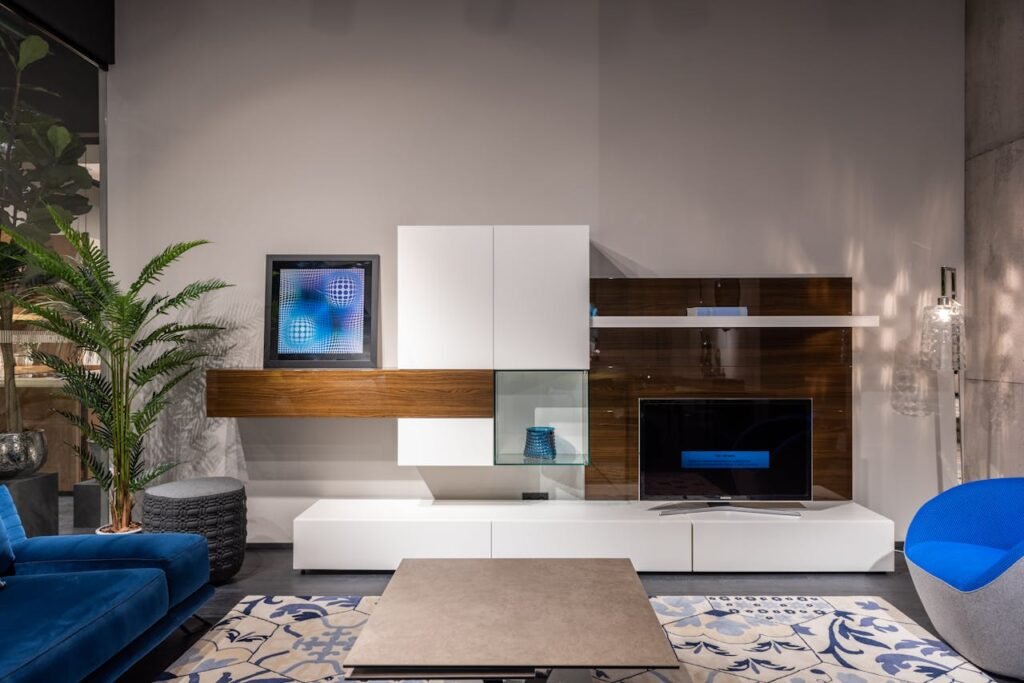Home interior design plays a crucial role in transforming living spaces into comfortable, functional, and aesthetically pleasing environments. Whether you’re renovating a single room or planning a complete home makeover, understanding the fundamentals of interior design can make a significant difference.
What is Home Interior Design?
Home interior design encompasses the art and science of enhancing the interior of a space to achieve a healthier and more aesthetically pleasing environment for the people using it. It involves planning, researching, coordinating, and managing interior design projects.
Importance of Good Interior Design
Good interior design goes beyond aesthetics; it impacts the functionality, mood, and overall well-being of residents. By optimizing space utilization, improving ergonomics, and harmonizing elements, it creates spaces that reflect personal style while enhancing daily living experiences.
Elements of Design
Color Schemes
Choosing the right color palette can dramatically influence the atmosphere of a room. From calming neutrals to vibrant accents, colors set the tone and style of your home.
Furniture Selection
Selecting furniture that complements the space’s layout and serves both functional and aesthetic purposes is crucial. Balance and proportion are key considerations when arranging furniture.
Lighting Considerations
Lighting affects the mood and functionality of every room. Incorporating natural light, ambient lighting, and task lighting can transform spaces and highlight design elements effectively.
Room-Specific Tips
Living Room
The heart of the home, the living room, should be inviting and versatile. Use cozy seating arrangements, decorative rugs, and accent pillows to create a warm ambiance.
Bedroom
Design a relaxing sanctuary with comfortable bedding, adequate storage solutions, and soothing colors to promote restful sleep and relaxation.
Kitchen
Maximize efficiency with practical layouts, durable materials, and stylish yet functional storage solutions. Focus on ergonomic designs for ease of use.
Bathroom
Create spa-like retreats with luxurious finishes, efficient fixtures, and ample storage. Consider incorporating energy-efficient options for sustainability.
Styles & Trends
Popular Interior Design Styles
Explore timeless styles like Modern, Contemporary, Scandinavian, and Transitional, each offering distinct characteristics and aesthetics.
Current Trends in Home Decor
From sustainable materials and indoor plants to multifunctional furniture and minimalist designs, discover the latest trends shaping modern interiors.
DIY Tips
Budget-Friendly Decorating Ideas
Refresh your space with DIY projects such as painting accent walls, repurposing old furniture, or creating personalized decor items.
Repurposing and Upcycling
Give new life to old items by repurposing them creatively. Upcycling furniture or using salvaged materials can add unique charm to your home.
Hiring Professionals
When to Hire an Interior Designer
Consider hiring an interior designer for complex projects requiring expertise in space planning, material selection, and overall aesthetic coordination.
Finding the Right Contractor
When undertaking renovations, choosing reputable contractors ensures quality workmanship and adherence to timelines and budgets.
Conclusion
Home interior design is both an art and a science, blending creativity with practicality to create spaces that are functional, beautiful, and reflective of personal style. By understanding the principles and trends discussed, you can embark on your interior design journey with confidence, transforming your home into a place you love.

